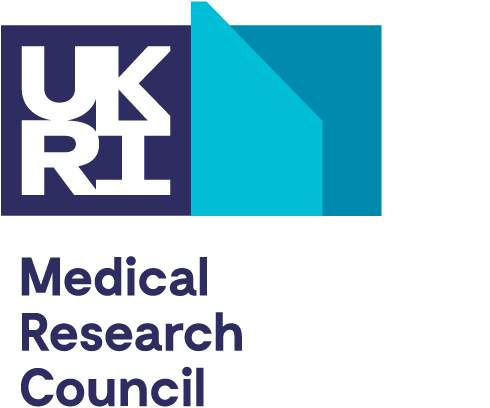The criteria against which applications should be assessed directly relates to the core applicant-led mode application questions:
- vision of the project
- approach to the project
- capability of the applicant or applicants and the project team to deliver the project
- resources requested to do the project
- ethical and responsible research and innovation considerations of the project
Some opportunities will have additional questions that reflect their disciplinary specific requirements. Further detail on what assessors should be looking for is available on the relevant funding opportunity page under the ‘how to apply’ section.
The Medical Research Council (MRC) also requires sex to be justified in the experimental design of grant applications involving animals, and human and animal tissues and cells, as part of the sex in experimental design requirement.
MRC’s policy on embedding diversity in research design will apply to applications involving human participants, samples or data, submitted to opportunity deadlines after 1 September 2023.
When undertaking your assessment of the research, you should consider the unequal impacts that COVID-19-related disruption described by the applicants might have had on the research, track record and career development of those individuals included in the application.
Using generative artificial intelligence (AI) in peer review
Reviewers and panellists are not permitted to use generative AI tools to develop their assessment. Using these tools can potentially compromise the confidentiality of the ideas that applicants have entrusted to UKRI to safeguard.
For more detail see our policy on the use of generative AI.
Last updated: 1 April 2025


